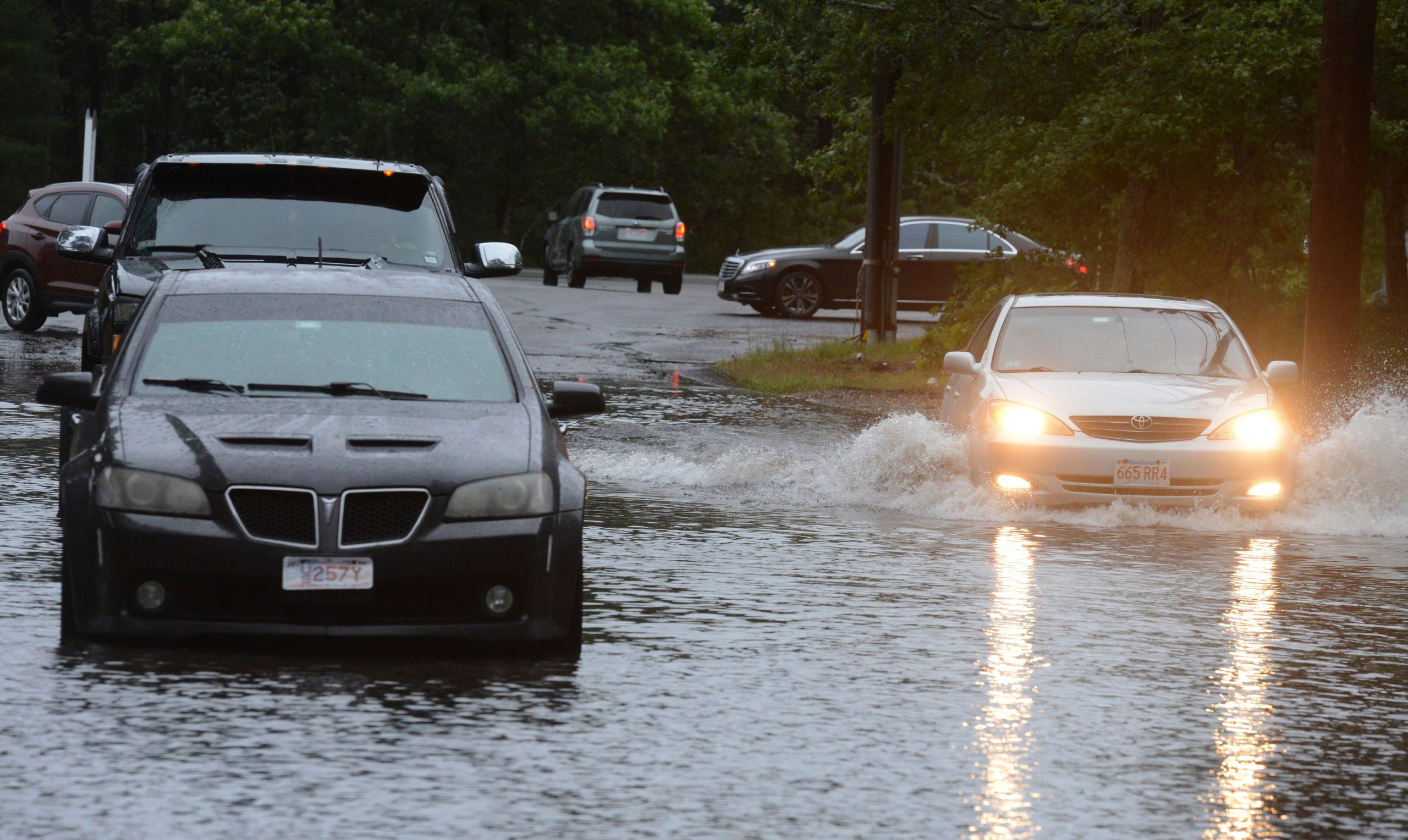New York and New Jersey were flooded by tropical storm Ida only
days after Ida emerged as a Category 4 hurricane to hit Louisiana causing
massive damage and effectively breaking the region’s power infrastructure. Wind
speeds rose to 150 miles per hour as the hurricane ripped roofs off buildings.
The rains swept off homes and tear boats and barges from their moorings. As
cities get down to salvaging what remains after the “historic” weather event,
it has become imperative to question the role climate change is playing in such
recurrent adverse weather events.
Also Read | Hurricane Ida: 600,000 left without running water in Mississippi days post landfall
Many who study the weather closely believe that it was climate change
that helped Ida gain such enormous strength and that to such rapidly before it
made landfall. The hurricane went from Category 1 to Category 4 within a space
of 24 hours.
Scientists say the ocean was the temperature of bathwater — nearly 85°F
— a few degrees hotter than average, according to measurements by the National
Oceanic and Atmospheric Administration. The extra heat acted as fuel for the storm.
According to scientists, heat is energy and hurricanes with more energy have
faster wind speeds and larger storm surges.
Also Read | New York floods: Death toll climbs, subway services suspended
As the Earth heats up, rapidly intensifying hurricanes such as Hurricane
Ida will become more common, according to scientists.
The trend of rapidly intensifying hurricanes is currently more common in
the Atlantic Ocean. A 2019 study had found that hurricanes such as Ida and
other storms travel over the warm shallow weather of the Caribbean Sea.
Also Read | New York bus passengers forced to stand on seats as flash floods hit city | Watch
The US Gulf Coast has been battling adverse climate for quite a few
years now. It faced Hurricane Harvey in 2017, Hurricane Michael in 2018,
Hurricane Laura in 2020. All of these hurricanes are extra dangerous because
there’s less time for people to prepare for storms. By the time the storm’s
power is apparent, it is usually too late to evacuate.







